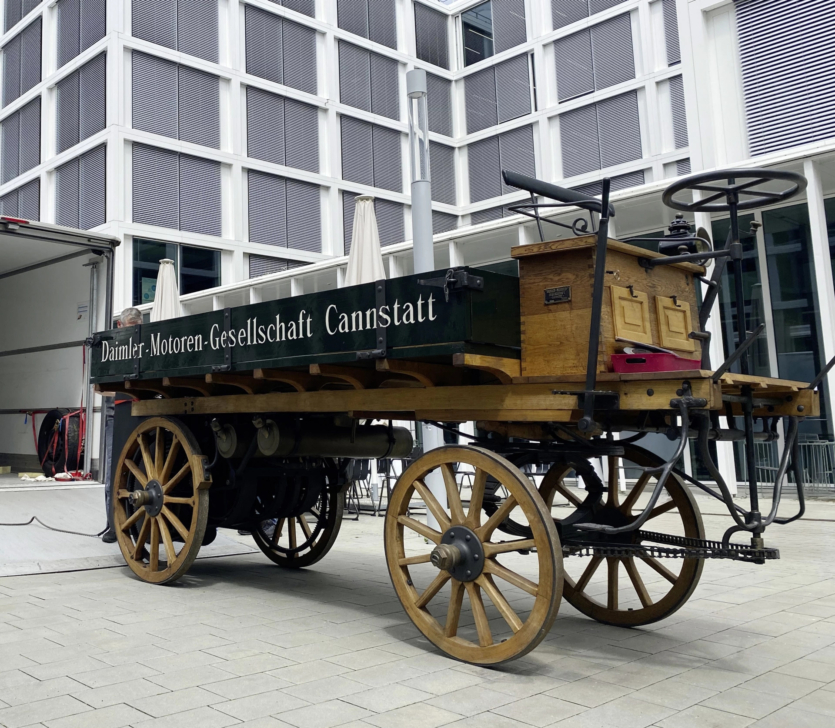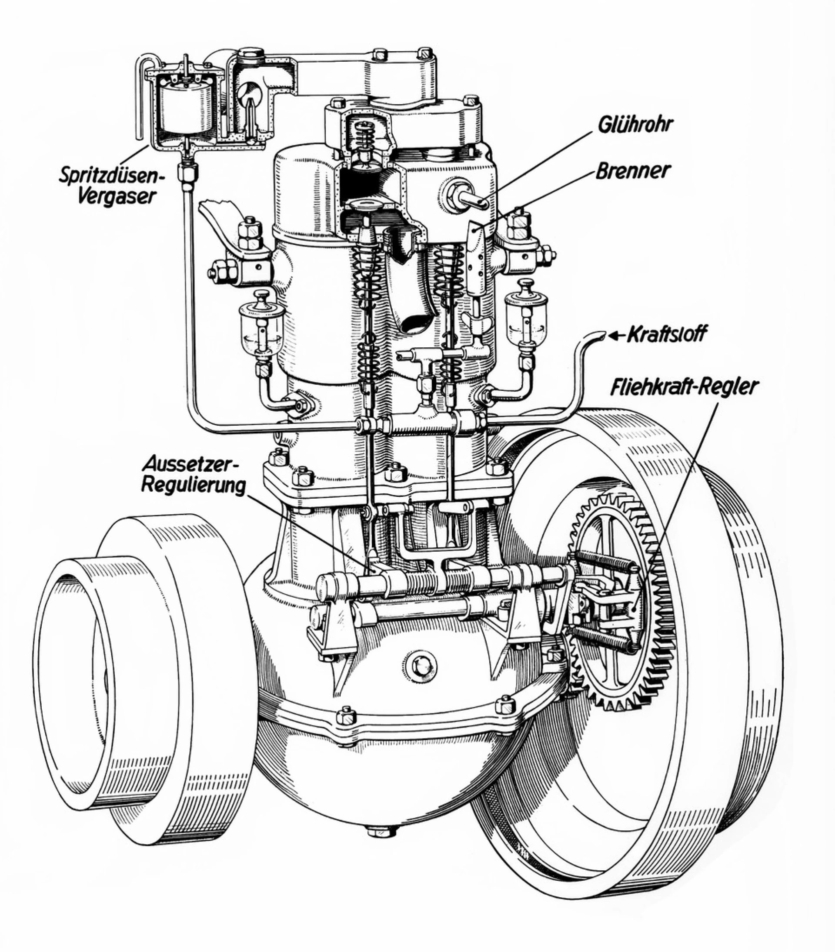
Daimler Truck, a member of the Daimler AG and is engaged in the production of trucks, restores a copy of the world’s first truck with a two-cylinder engine with 4 horsepower.
The copy was removed for restoration from the demonstration stand at Daimler Truck’s headquarters in Leinfelden-Echterdingen, south of Stuttgart, Germany. It will be restored in August at a vocational school in nearby Nürtingen, where students learn to restore and maintain classic cars. After returning to the Daimler plant the truck must be fully operational.
“The handmade vehicle will be restored to working order under the guidance of experienced instructors and as part of additional qualifications in classic and modern cars by specially trained auto mechanic apprentices”, — in Daimler Truck says.
The first demonstration run is scheduled for October, as part of Spitzkraut Classics — an event dedicated to classic cars. Gottlieb Daimler and his team built the first truck prototype in 1896, 11 years after Daimler introduced the first gasoline-powered motorcycle. The motorcycle came before Daimler’s first car, as a car would have overloaded the 264 cc engine, which developed half the horsepower (0.37 kW) at 600 rpm.
Subsequently, Daimler was joined by to the production of trucks by improving the power plants. The prototype truck was equipped with a 1060 cc four-stroke engine with two vertical cylinders and a Daimler-patented hot-tube ignition system. It developed an impressive 4 horsepower.
 The two-cylinder “Phoenix” engine, installed on the original 1896 Daimler truck, developed 4 hp.
The two-cylinder “Phoenix” engine, installed on the original 1896 Daimler truck, developed 4 hp.
In addition, the gas engine was more compact than the coal-fueled and steam-driven alternatives, being developed in England at the time, and so Daimler could place it behind the rear axle of the chassis, which in many ways resembled a horse-drawn carriage. Multi-speed belt drive from the engine rotated a transverse intermediate shaft mounted under the pallet. The gears at each end of the intermediate shaft meshed with the inner teeth of the gear crowns, which were firmly fixed to the wheels of the steel-covered trolley. The rear suspension was carried out by coil springs.
The truck driver sat in front of the leaf spring front axle, steering it with a small horizontal wheel through a vertical shaft and chain. Already in 1898, the prototype was replaced by the a more advanced truck with a 2.2-liter engine, which was located over the front axle, in front of the driver, and moved the rear wheels through the shaft. The Bosch magnetic ignition replaced the Daimler ignition system with a heating tube.
“The restoration project uniquely combines automotive traditions, modern training, and intergenerational exchange of craftsmanship. At the Philip Matthäus Hahn School in Nürtingen, one of the leading classic and modern car schools in the Stuttgart region, authenticity is of paramount importance”, — in Daimler emphasizes.
Source: NewAtlas

Spelling error report
The following text will be sent to our editors: